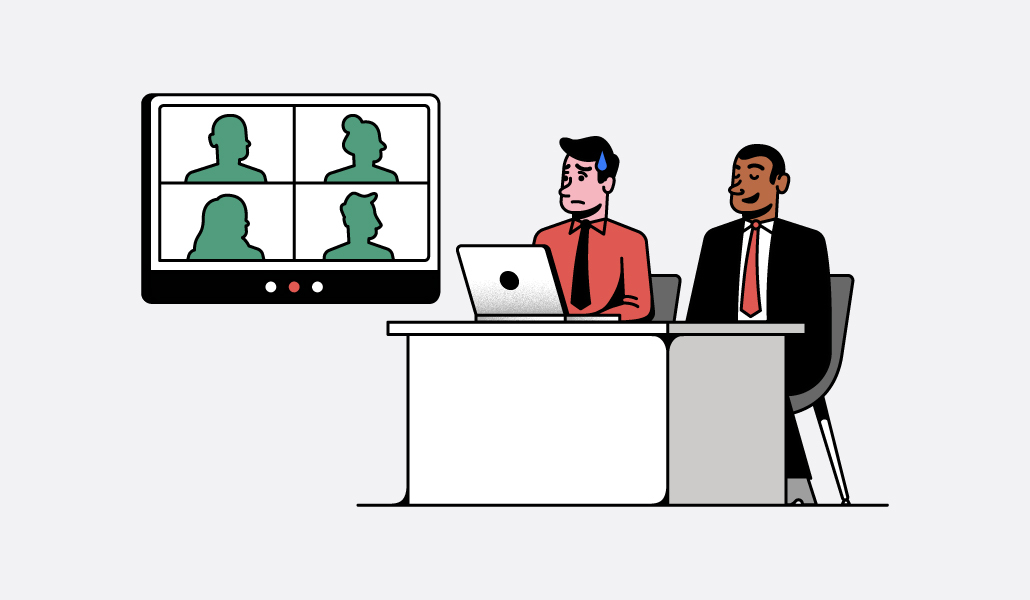How workplace innovation can come out of uncertainty

Change has become a new constant in the workplace. For some, it’s a welcomed distraction. For others, the constantly changing environment has made it difficult to be productive at work.
A study from Adobe, released on Tuesday, analyzed how global uncertainty and change is having an impact on productivity, work culture and innovation. Out of the 1,400 enterprise managers, 3,500 enterprise employees, 1,400 small business leaders and 3,503 small to medium business employees across eight global markets surveyed, seven in 10 feel that economic instability and inflation are the biggest drivers of uncertainty today.
“You have the added wallop of economic uncertainty, supply chain issues, wars in parts of the world,” said Todd Gerber, vp of document cloud product marketing at Adobe. “There’s just a lot of change that has added further stressors to individuals and employers at large. We continually are in this constant state of adapting.”
Seventy-one percent said they spend more time absorbing or discussing news coverage compared to a year ago. And it might not be having the best impact: 44% of employees feel more anxious and more discouraged during work than ever before. However, more than half of managers say that work is a welcome distraction in times of uncertainty.
It begs the question of whether uncertainty can drive innovation or push workers to a breaking point.
“You go back and look at economic periods where there have been downturns and recessions and some of the best innovations come out of those periods of time,” said Gerber. “When the market is doing great, innovation is a lot more me too and it starts to look like the same thing.”
What innovation can look like
Innovation during an uncertain time could take the form of new task forces, company-wide initiatives, video conferencing tools for a hybrid workforce, or any other evolutions due to the pandemic, such as onboarding. Seventy-seven percent of enterprise managers say uncertainty is forcing their business to find new ways to collaborate and 70% of small to medium business leaders say constant uncertainty is requiring them to innovate in their position.
“It forces a good hard look at what you’re doing,” said Gerber. “Some of the best information comes out of that period and sets you on to the next curve. A little bit of adversity or constraint creates the right conditions that help drive new ways of thinking and breakthroughs and innovation.”
Most managers say in the next year, the culture at their organization will be more collaborative (69% SMB, 76% enterprise) and digitized (71% SMB, 81% enterprise) than ever before, which will help both employees and businesses navigate future uncertainty.
Adobe execs, which have a hybrid workforce, are prioritizing mental health by starting half-hour meetings five minutes later and hour meetings 10 minutes later to have “transit time mentally,” said Gerber. This is especially helpful for those working from home who don’t need to take five minutes to walk to the next conference room or building.
“People are sitting meeting after meeting on the screen all day and they need a break,” said Gerber. “There’s a better willingness to embrace the fact that we need to find the right balance.”
Adobe also has to consider time zones, which can be an 11 to 12-hour difference and has led to late nights or early mornings.
“We all agreed as a group that the early mornings and late nights are getting us burnt out,” said Gerber, who tested a variety of meeting concepts to see what resonated. “We agreed that half of the week we would do morning meetings and the other half would be evening meetings so that we’re not penalizing everybody in the same way of who has to get up early or stay up later. It’s finding a good balance.”
A difference between managers and employees
The report made it clear that managers and employees have different approaches when it comes to reacting to marco events. For example, over one in three employees agree that increased uncertainty has made it difficult for them to focus on work and three in four employees say they are looking for a more supportive work culture to motivate them to stay in their current roles. Yet, two out of three managers believe uncertainty is fueling better workplace collaboration and innovation.
“There can be dichotomies,” said Gerber. “Even in the best of times, the role of a manager is to have optimism and to look around the corner and identify things that are going to be the next big unlock.”
Gerber said what’s important though is that the dichotomy between manager and employee doesn’t become a big divide. To help ensure that, he recommends communication be consistent to make sure the right conversations are being had. At Adobe, they have formal check-ins quarterly, in addition to regular check-ins before that, to make certain employees feel good.
“One key theme that is cross-industry and cross-vertical is a different level of conversation,” said Gerber. “Who knows what’s around the corner? Just when we think we’re out of the woods on one thing, a new dynamic comes into play. I think it created a bit of resiliency in terms of a better sense of adaptability. You start to develop muscle memory on how to respond to change.”
Bhushan Sethi, joint global leader of people and organization at PwC and an adjunct professor at NYU who teaches a class on strategic innovation, said that for true innovation and collaboration, especially in uncertain times, the employer needs to ensure there is psychological safety.
“There are certain workers who are going to feel less empowered and comfortable with challenging the status quo,” said Sethi. “There is going to be a segment in every organization who is going to be fearful because of the potential implications of challenging management.”
Sethi said PwC advises clients to create a safe space where people can have the opportunity to collaborate and innovate together. Employers could help set the tone to encourage thinking differently.
“If you don’t unleash the pockets of creativity in your organization, if you don’t create the safe space, the psychological safety for people to challenge conventional ways of working, then you’re going to lose out on a huge set of innovation,” said Sethi.
PwC held a workforce ideas jam session over the summer where around 3,000 people participated.
“We had to create a safe space, make sure it didn’t distract from their day job, get leaders comfortable, and have the right technology,” said Sethi.
Despite a potentially different approach between managers and employees, the Adobe survey found that 73% of employees say their managers are meeting or exceeding their expectations in providing support amid uncertainty. It also reminded workers of the importance of mental health resources, which 60% of managers said they want.


